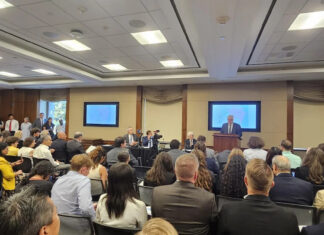By Cristopher Patvakanian
Special to the Mirror-Spectator
YEREVAN – The financial system and spending patterns of many Armenians were not isolated from the shocks to Armenian society following the pandemic and 2020 war.
Financial literacy – knowledge of one’s earnings, spending, savings, and financial planning capacity, plays an important role in consumer spending behavior. By some metrics, Armenia’s level of such knowledge is among the lowest in the region. According to the S&P’s Global Financial Literacy Survey, per its 2014 survey, only 18% of adults were overall financially literate in the country, compared to 36% in Azerbaijan and 30% in Georgia. That survey asked 4 basic questions on numeracy, interest compounding, inflation, and risk diversification, and the result showed only 18% of Armenians were able to answer at least 3 of those questions correctly. In times of crisis, it is more important than ever to have a good understanding of the financial system and a society with high financial literacy.
Incidentally, the situation is not much better in the United States, as only around 30% of Americans would be considered financially “literate” based on a similar survey.
A recent study on Armenia is the Financial Capability Barometer, conducted by the Central Bank of Armenia (CBA) from 2014-2019. The Barometer looked at more thematic groups and categories beyond simple questions of financial knowledge, capturing also the skills, attitude, behavior metrics of financial literacy of Armenians across the country. The study found that the overall “behavior” of individuals – the number of people taking concrete actions in their financial best interest – for most all measures in the survey experienced an overall increase from 2014 to 2019. This progress, though very promising, still leaves areas for improvement in Armenian society, namely in long-term planning and saving behaviors.








